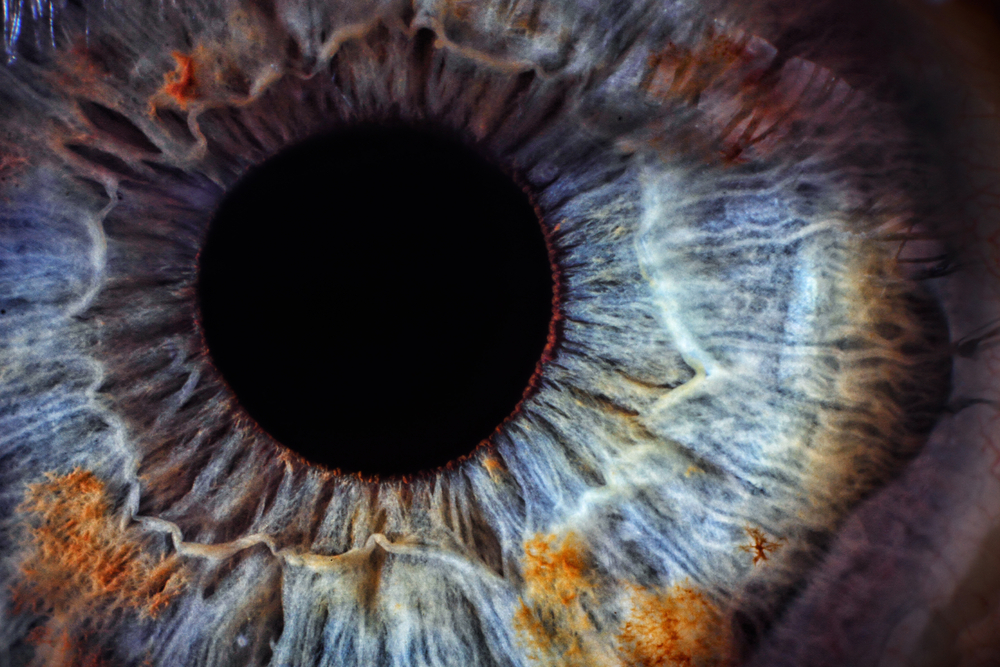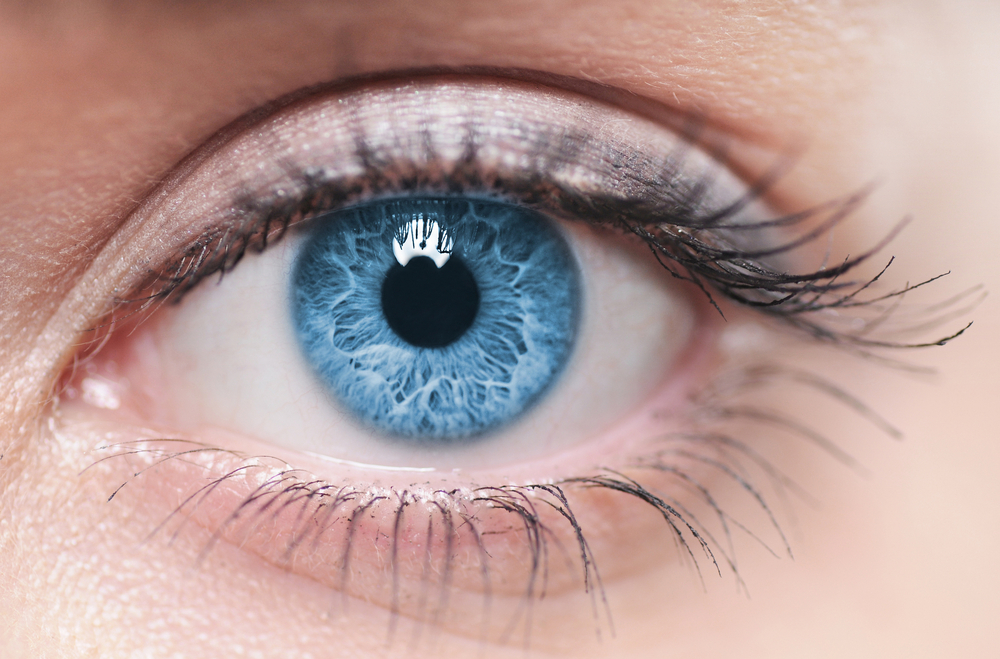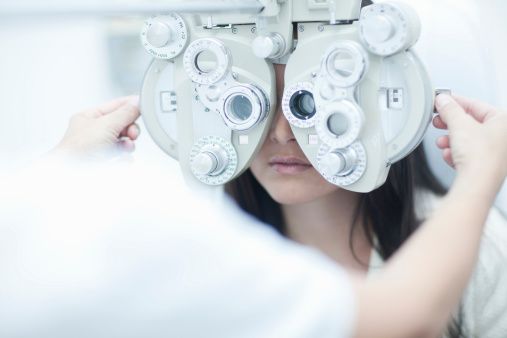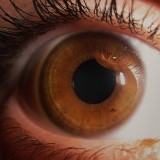What Are the Signs That You Are Getting Cataracts?

My mother-in-law is approaching seventy and has many friends who are facing cataracts. The other day we discussed her role as chauffeur for yet another friend’s cataract surgery when she asked me the following question: How do I know if I’m getting cataracts?
I thought this was a great question and since I have a great relationship with my America’s Best optometrist, I thought I’d do a little research for her to find out. So…
How do you know if you are getting cataracts?
Here are the five tell-tale signs:
- Your vision becomes clouded, blurred, or dim.
- You start seeing “halos” around lights.
- You experience increased difficulty with your night vision.
- You have increased sensitivity to light and glare.
- Your eyeglass or contact lens prescription changes frequently.
- You stop seeing colors as vibrantly (colors appear faded or yellowed)
- You experience double vision in a single eye.
Cataracts often develop over time. At first, you may notice that only a small part of your eye’s lens is cloudy and affected by the cataract. You may in fact have vision loss, but it may be so slight you aren’t even aware of it. But, as the cataract grows larger, it begins to cloud more and more of your lens. This also leads to a distortion in the way light can pass through the lens. After this happens, some of the symptoms listed above may become more noticeable.
According to nutritionists, the best way to fend off cataracts is to simply stay healthy. Eating a good diet, especially one rich in antioxidants and B vitamins, will help you fend them off nutritionally. Maintaining a healthy weight, reducing alcohol intake, wearing sunglasses, quitting smoking, and exercising regularly can also help ward off these vision destroyers.
Getting a regular eye examination is another important step in prevention. If you are an adult over the age of 60, you need to have your eyes examined at least every two years, unless you have health problems, vision changes, or other concerns that would lead to more frequent examinations. Yearly examinations are recommended for many people, or even semi-yearly.
The good news is that cataracts can be treated. In most cases, cataract surgery is the procedure recommended for their removal. This surgery, which is usually a simple, out-patient procedure, is performed by an ophthalmologist. During surgery, the lens of the eye is removed (also removing the cataract), and it is replaced by an artificial lens.
If you notice any changes in your vision at all, don’t hesitate to visit your licensed optometrist at your closest America’s Best retailer for a full eye exam.















